Maintenance skills are always thought of as the physical skills where we use our hands. Like using a tool, dismantling and reassembling, taking some measurement and so on. There is another set of soft skills needed by the maintenance team. This includes troubleshooting, reading technical drawings like electrical schematics, P&I (Piping and instrumentation) or the assembly drawings. While all of these skills and more help the maintenance team, there is another vital skillsset. This skills set brings the maintenance team closer to the nowadays theme of the era; That’s the digital skills.
We had covered many of the hard and soft skills in this chat: How many skills are there in your tool box? In this article we are going to simplify what do we mean by digital skills. Then we are going to pick one of them for a more elaboration.
Digital skills
One of the best definitions of digital skills comes from the UNSECO website. It says
Digital skills are defined as a range of abilities to use digital devices, communication applications, and networks to access and manage information. They enable people to create and share digital content, communicate and collaborate, and solve problems for effective and creative self-fulfillment in life, learning, work, and social activities at large.
UNSECO
We need to convert it to a more focused definition that we can apply on maintenance. let’s rewrite it as:
Maintenance’s Digital skills are the abilities to use digital devices, and to access and manage information. They enable maintenance team to create and share digital content, communicate and collaborate, and solve problems for effective and creative work activities.
Tuned by SimpleWays4Maintenance from the UNESCO definition
Let’s now go to the definition of Digital Devices:
Digital device means an electronic device that can create, generate, send, share, communicate, receive, store, display, or process information, and such electronic devices shall include, but not limited to, desktops, laptops, tablets, peripherals, servers, mobile telephones, smartphones, and any similar storage device which currently exists or may exist as technology develops or such comparable items as technology develops.
Digital device from Law Insider Dictionary
So, now let’s put the pieces of the puzzle together. From the definition of the digital devices above, you can see that any maintenance team uses at least one of these.. This usage can be direct as in programing or diagnosing field devices. Or, indirect when scrolling a digital display to get the errors or alarms. More often, HR requests are mostly now filled through a computer terminal. Now, if you are doing one of those activities, then you have some digital skills. At the moment you start working with any of these devices you start hearing the word “dbase”.
What is a “dbase”?
The best definition you can find for a dbase usually comes from one of the dbase giants as ORACLE. They define it as:
A database is an organized collection of structured information, or data, typically stored electronically in a computer system. A database is usually controlled by a database management system (DBMS). Together, the data and the DBMS, along with the applications that are associated with them, are referred to as a database system, often shortened to just database.
Data within the most common types of databases in operation today is typically modeled in rows and columns in a series of tables to make processing and data querying efficient. The data can then be easily accessed, managed, modified, updated, controlled, and organized. Most databases use structured query language (SQL) for writing and querying data.
ORACLE
Now, you can relate Oracle’s definition for dbase to your daily work; “A database is an organized collection of structured information”. In one way or the other, we access dbase to add to it or to extract information from it. The extracted information will help us draw some informed conclusions. That’s where we focus in our below trainings for maintenance and digital skills. We focus on the resources and the tools that help us build the maintenance dbase. Hence we can build a successful maintenance program.

CUSTOMPRICE-TO2JAN26
The maintenance dbase, what does it look like?
Information are what we collect from the field. It is data when we structure it. That when we tabulate it in tables using certain criteria. This tabulation is simply placing it in rows and columns of a certain table that we can see its pattern by filtering, sorting or using pivot tables.
So, what information we can place in our tables? There is a starting point that we can’t skip. It is the corner stone of any maintenance system. Simply a table that includes all the equipment we have. It might look obvious. However, it is not that easy to build a list with all the physical assets that are under the hood of the maintenance team and those under other teams control.
The production equipment might seem obvious. However, usually there is a ton of supporting equipment. Some of this equipment are frequently used so they are easily noticed and recorded and others are seldom used. This applies for the tools and supporting equipment used by other teams. Who takes care of the Workshops and the store equipment and buildings? In many places those locations are served based on reactive maintenance patterns. In other words, when they fail, the maintenance repair them. Unfortunately, this sometimes is the case of the maintenance team tools and assets.
The level of the details about the equipment depends on where we need to add a scheduled maintenance activity or a condition check. Moreover, this list need to include the equipment tag and location. Then the list grows to include the maintenance tasks and inspection rounds. The table to be complete we need to feed it with the maintenance feedback. We can analyze and group the equipment and tasks once we record them This will allow us to calculate and schedule the needed manhours. While, the maintenance feedback will allow us to analyze if the maintenance tasks yield the required results of stable operations. It will also allow the observation of the activities and equipment which consumes most of the maintenance team effort.
Or, where the maintenance team effort makes no difference. In other words, we maintain the equipment but they continue to fail. That’s where we conclude the we need to change our maintenance strategy for this equipment or at least give it more attention.
How to consider the dbase as one of our digital skills?
That’s when we can easily access the data or scraping the data. In other words, we can use the data tables of the structured information to generate our maintenance tasks and record the feedback of maintenance and failures easily.

CUSTOMPRICE-TO2JAN26
The role of scraping the data and extracting the useful information is currently job of MMS or ERP Systems. Previously it was manually done by the maintenance foreman or supervisor. Then, some companies collected the knowledge and experience of this manual data analysis. Like this they got the data i.e. the structured information in tables. Then, they head hunted some of these experienced maintenance supervisors. They turned their knowhow into algorithms that runs via some software scripts i.e. programs. After that they sold this software either as standalone MMS (Maintenance management Systems). Or, as a part of their ERP (Enterprise Resource Planning) package of programs. Using these systems efficiently to add or retrieve data is a digital skill that you can add to your portfolio.
Now, the maintenance team navigates the information they enter into the system via GUI (Graphical User Interface). Sometimes, the system implementer which is usually a third party company of experienced team creates the queries and dashboards that enables the maintenance team to access the data they log to the system. This period is always limited to the project implementation phase where they create templates for data entry and recovery. Later on, changing these templates for input or output would need some digital skills of using SQL or similar dbase management software and some coding knowledge. Otherwise they need to raise some budget and request the service of the implementer again.

CUSTOMPRICE-TO2JAN26
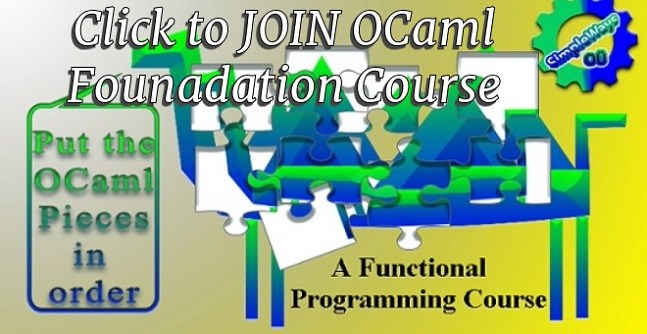
CUSTOMPRICE-TO2JAN26
In the coming lecture we shall navigate some free tools for this.
In conclusion,
While working the maintenance field, we master a lot of digital skills by default. However, there are are still a wide range of digital skills that we can easily learn and master easily. The very first digital skill we need to be aware of is using the dbase of the maintenance. Oracle defines dbase as a stored organized collection of structured information, or data. This structured information in tables can then be easily accessed, managed, modified, updated, controlled, and organized by a database management system. We had explained how the MMS (Maintenance Management System evolved). Unfortunately we tend to be users only of this system without understanding how a simple dbase work. That’s what we shall demystify in the coming lectures.
If you feel you need help with any of these ideas we discussed, request a Management Consultancy or Coaching Services From our Store

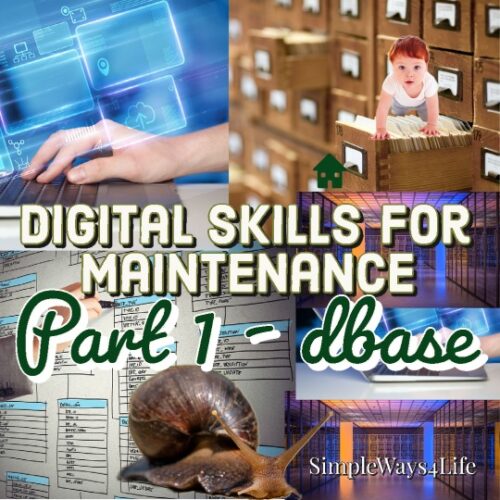



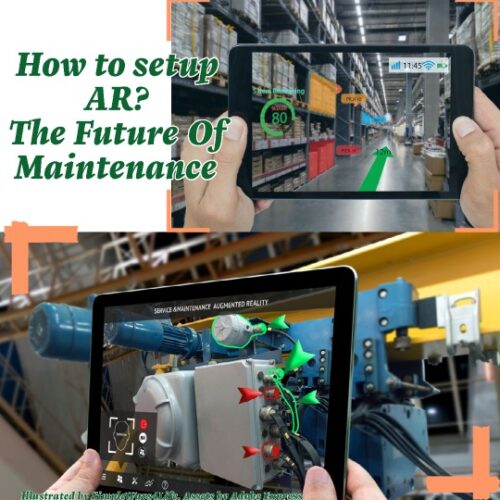
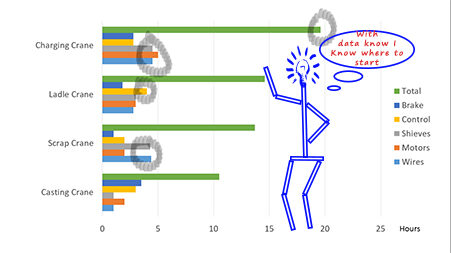

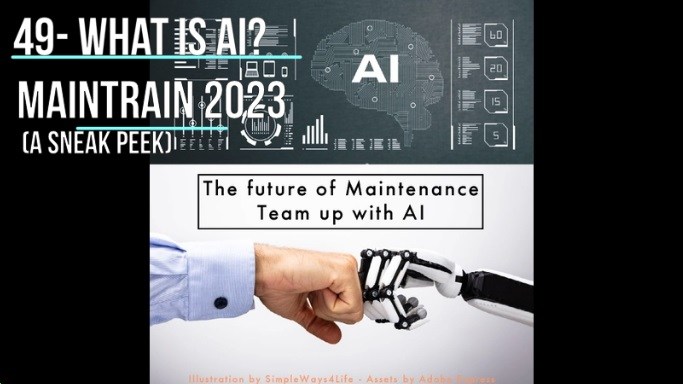


2 Comments